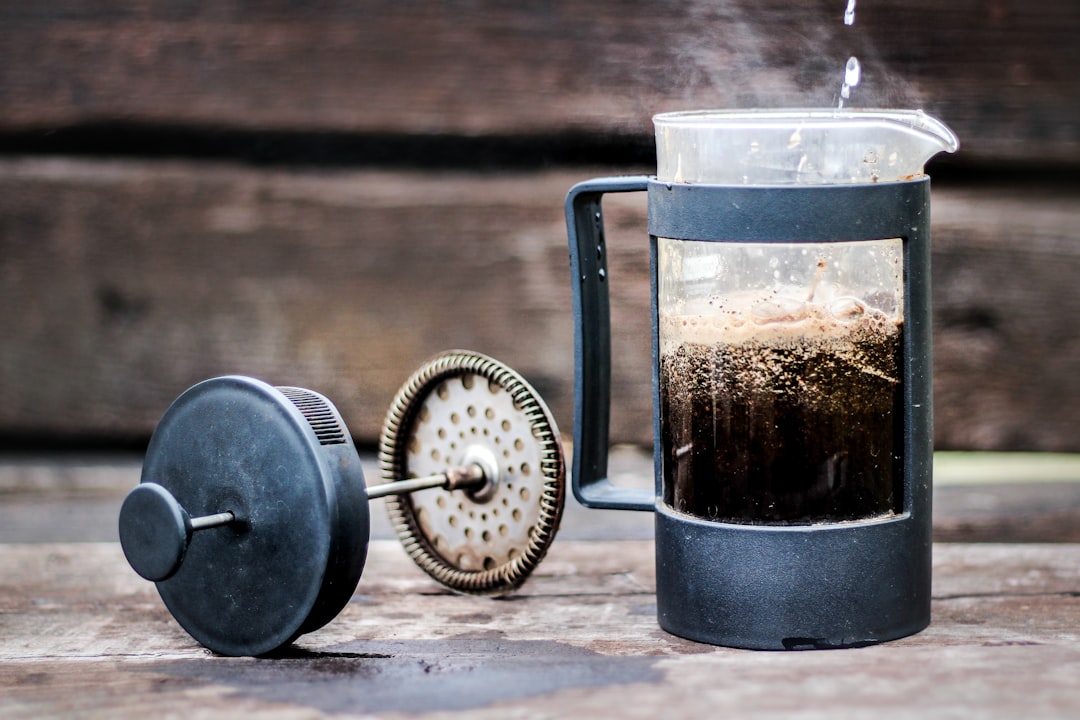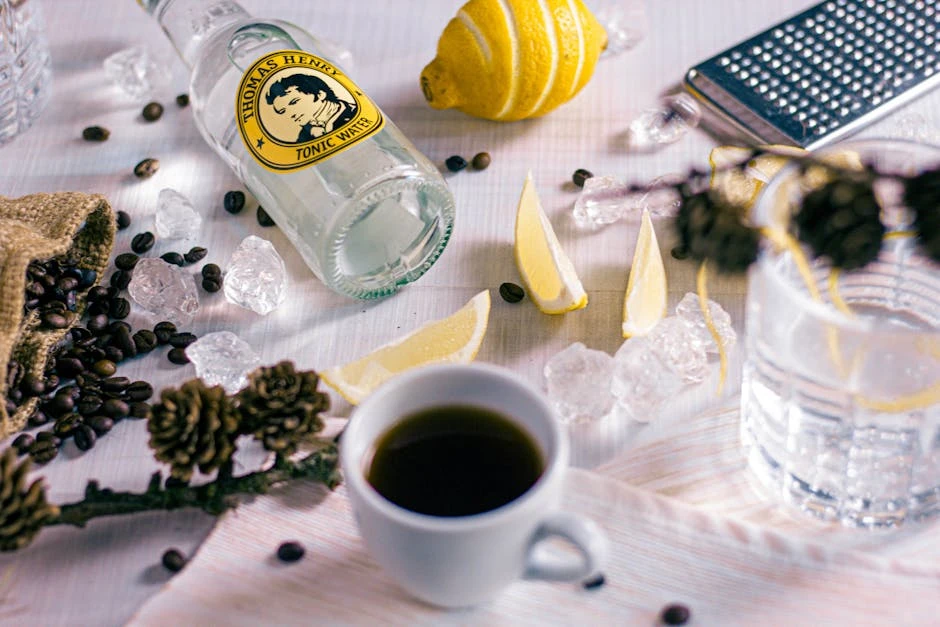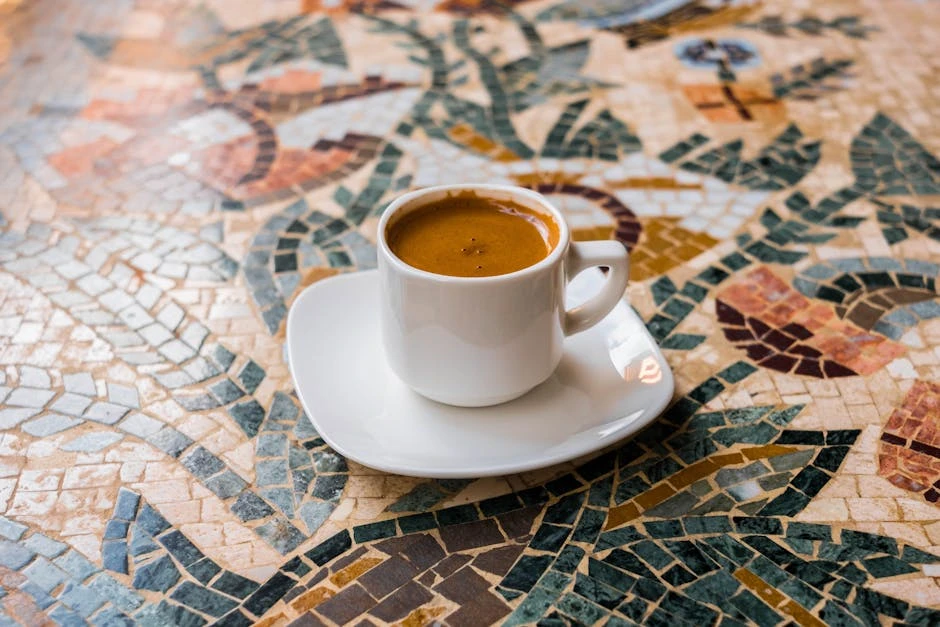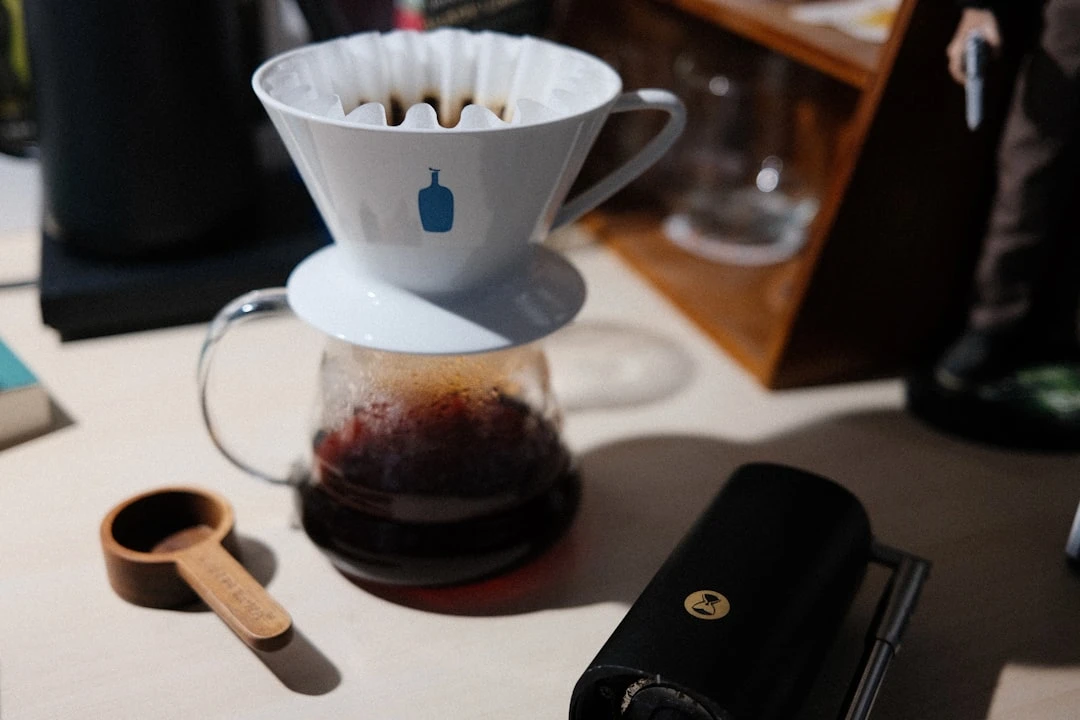Best French Press Coffee Maker 2025: Complete Buying Guide & Top Reviews
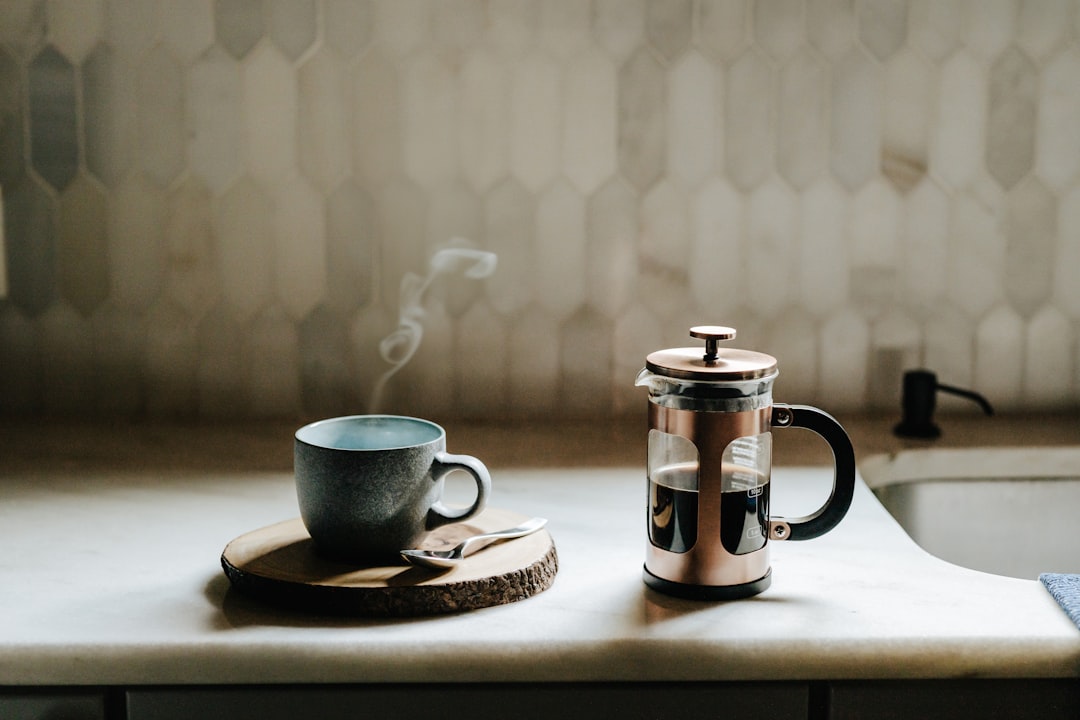
Ever wondered why that café down the street serves coffee that tastes so much richer than what you make at home? I'll let you in on a secret - it's probably not just the beans. After years of experimenting with different brewing methods and making plenty of mistakes along the way, I've discovered that a quality french press coffee maker can completely transform your morning routine!
The french press, also known as a press pot or plunger pot, is one of the oldest and most reliable brewing methods around. Unlike drip machines that rush water through grounds, this method lets your coffee steep slowly, extracting oils and flavors that paper filters usually trap. The result? A fuller, more robust cup that actually tastes like the coffee you paid good money for.
But here's where I messed up initially - I thought all french presses were basically the same. Boy, was I wrong! After burning through three cheap models in two years (and dealing with more broken glass than I care to admit), I learned that choosing the right french press coffee maker makes all the difference between mediocre morning coffee and that perfect cup that makes you close your eyes and smile.
What Makes a French Press Coffee Maker Special?
Man, I wish someone had explained this to me when I first started drinking coffee seriously. I was grinding beans, buying expensive roasts, doing everything "right" - but still couldn't figure out why my coffee tasted flat compared to what I got at local coffee shops.
The magic happens because of immersion brewing. Your coffee grounds get to hang out with hot water for several minutes, like they're having a proper conversation instead of a quick handshake. Most drip coffee makers rush water through the grounds in under a minute, but french press brewing gives you that slow, deliberate extraction that pulls out complex flavors.
Here's what really blew my mind though - the metal mesh filter. I'd been using paper filters for years without realizing they were filtering out coffee oils that actually contribute to flavor. These oils give french press coffee that rich, full-bodied taste that coats your mouth in the best way possible.
The temperature control aspect is huge too. With a french press, you're in charge of your water temperature. I learned the hard way that boiling water (212°F) actually burns the coffee, making it bitter. The sweet spot is around 200°F, just off the boil.
I remember the first time I nailed the timing - exactly four minutes of steeping time. The difference was incredible. It's like the coffee had depth and character instead of just being brown caffeine water.
Types of French Press Coffee Makers
Okay, so I thought a french press was just a glass thing with a plunger. Turns out there's way more variety than I expected, and each type has its own personality.
Glass french press models are the classic choice, and there's something beautiful about watching your coffee bloom through clear walls. I love my glass Bodum for weekend mornings when I have time to appreciate the process. But let me tell you about the downsides I discovered - glass breaks. A lot. Especially when you're half-asleep at 6 AM and knock it against the sink.
Stainless steel press pots became my weekday heroes after my third glass casualty. They're basically indestructible, keep coffee warmer longer, and don't judge you when you accidentally bang them around during your morning routine. The downside? You can't see your coffee brewing, which takes away some of the zen factor.
Thermal french press options are game-changers if you like to savor your coffee slowly. I got one for my home office, and it keeps coffee hot for hours without that burnt taste you get from electric warming plates. Perfect for those long work-from-home days.
Travel french press designs solve a problem I didn't know I had until I tried camping without decent coffee. Some of these are incredibly clever - built into travel mugs or designed to pack flat. Though I'll be honest, car camping with fresh french press coffee makes you feel pretty sophisticated.
The size thing matters more than you'd think. I started with a huge 51 oz press because bigger seemed better, but realized I was either making too much coffee or not enough for larger gatherings. Now I match the size to my actual needs.
Best French Press Coffee Makers 2025
After going through way too many french presses (seriously, my wife started hiding the Amazon packages), here are the ones that actually earned permanent spots in my kitchen.
The Bodum Chambord Classic is like the little black dress of coffee makers - always appropriate, never goes out of style. I've had mine for three years now, and it still makes me smile every morning. The chrome-plated frame feels substantial, and the borosilicate glass doesn't retain flavors from previous brews. At around $30-40, it's not the cheapest option, but the build quality justifies the price. Just be gentle with the glass!
For pure durability, the Frieling Double Wall Stainless Steel press is bulletproof. I bought this after breaking my second glass press, thinking it would be a temporary solution. Five years later, it still looks new despite daily use and occasional drops. The double-wall construction keeps coffee hot forever, though you lose the visual aspect of brewing. Worth every penny of its $80-100 price tag if you're clumsy like me.
The Espro P6 Press changed my understanding of what french press coffee could taste like. Their double filtration system reduces sediment significantly - I barely get any grit in my cup anymore. It's pricier at around $100, but the engineering is impressive. My coffee-snob friend swears by his and claims it's the closest thing to pour-over quality in french press form.
For the best value, I always recommend the SterlingPro Double Wall. At around $35, it gives you stainless steel durability without the premium price. I bought one for my office and was pleasantly surprised by the quality. The heat retention is excellent, and it's survived six months of office kitchen abuse.
The Planetary Design Table Top is my go-to recommendation for people who drink coffee slowly throughout the morning. The thermal design keeps coffee hot for literally hours without affecting taste. I use mine on weekend mornings when I like to read and sip coffee for a couple hours.
For budget-conscious coffee lovers, the Mueller French Press delivers solid performance at around $20. It's not going to win any beauty contests, but it makes good coffee and the price point makes it perfect for beginners or as a backup press.
French Press Size Guide: Choosing the Right Capacity
Size matters, and I learned this through trial and error (and a lot of wasted coffee).
A 12 oz french press is perfect if you're like me on weekday mornings - one strong cup and out the door. It's also great for testing new coffee beans without committing to a full pot. I keep a small press at work for afternoon coffee breaks.
The 20 oz size hits the sweet spot for couples or people who want a large mug plus a small refill. This was my daily driver for years before kids changed my coffee consumption patterns dramatically.
A 34 oz french press works well for small families or when you have friends over for brunch. It makes about three to four good-sized cups, which seems to be the magic number for most gatherings at my house.
The 51 oz large french press is serious business - perfect for big families or office use. I got one for family holiday mornings, and it's been a hit. Just remember that larger presses take more coffee grounds and longer to clean properly.
Consider your daily routine honestly. I initially bought the biggest press thinking I'd drink more coffee, but ended up wasting half of it most mornings. Match the size to your actual consumption, not your aspirational coffee drinking goals.
French Press Materials: Glass vs. Stainless Steel
This debate kept me up at night for longer than I care to admit. Both materials have their place, and after using both extensively, here's what I've learned.
Glass french presses let you watch the coffee bloom and develop, which is genuinely satisfying if you're into the ritual aspect of coffee making. The borosilicate glass used in quality presses doesn't affect flavor at all - your coffee tastes exactly like it should. Cleaning is straightforward since you can see any residue clearly.
But glass breaks. I've lost three glass carafes over the years, usually to early morning clumsiness or enthusiastic cleaning. The replacement glass is often almost as expensive as buying a new press entirely.
Stainless steel presses are practically indestructible. I've dropped mine, knocked it around, and even accidentally put it in the dishwasher when I wasn't supposed to. It still looks and works like new. The double-wall versions keep coffee hot much longer than glass, which is huge if you're a slow coffee drinker.
The downside? You can't see your coffee brewing, and some people claim they can taste a slight metallic flavor (though I've never noticed it personally). They're also generally more expensive upfront.
Heat retention is where stainless steel really shines. My stainless press keeps coffee drinkably hot for over an hour, while glass versions start cooling noticeably after 15-20 minutes.
For durability and heat retention, go stainless steel. For the full coffee brewing experience and pure flavor, choose glass. Or do what I did and get both for different situations.
Key Features to Look for in a French Press
After trying dozens of different presses, certain features separate the good ones from the frustrating ones.
Filter quality is absolutely critical. The mesh needs to be fine enough to keep grounds out of your cup but not so fine that it restricts water flow. I've had cheap presses where the filter was so coarse that I basically drank coffee soup, and others where the mesh was so tight that plunging became a workout.
The plunger mechanism should move smoothly without requiring excessive force. I had one press where pushing the plunger down felt like arm wrestling - not what you want first thing in the morning. Quality presses have plungers that move with steady, controlled pressure.
Handle design matters more than you'd think. Heat-resistant handles keep your hands safe, and ergonomic shapes make pouring comfortable. I had a press with a terrible handle that made pouring feel precarious every single time.
Spout functionality affects daily usability significantly. A well-designed spout pours cleanly without dripping all over your counter. Some of my cheaper presses created coffee puddles every morning, which got old fast.
Replacement parts availability is something I wish I'd considered earlier. When my favorite press broke, I couldn't find replacement glass anywhere and had to buy an entirely new unit. Now I always check if replacement parts are available before purchasing.
How to Use a French Press Coffee Maker (Step-by-Step)
I'm going to share the method that took me years to perfect through lots of bitter, weak, or over-extracted coffee.
Start with a 1:15 coffee-to-water ratio. That's roughly 1 gram of coffee for every 15 grams of water, or about 2 tablespoons of coffee per 6 ounces of water. I used to eyeball this and wonder why my coffee tasted different every day.
Grind size is crucial - you want coarse grounds that look like sea salt or breadcrumbs. Too fine and you'll get muddy, over-extracted coffee. Too coarse and it'll taste weak and sour. I bought a burr grinder specifically for this, and it made a huge difference in consistency.
Water temperature should be around 200°F, just off the boil. I let my water sit for about 30 seconds after boiling. If you don't have a thermometer, look for small bubbles forming on the bottom of your kettle.
Here's my exact process: Add grounds to the press, pour just enough hot water to wet them (about twice the weight of the coffee), stir gently, and let it bloom for 30 seconds. Then add the remaining water, put the lid on (but don't press yet), and wait exactly 4 minutes.
The plunging technique took me a while to get right. Press down slowly and steadily - the entire process should take about 30 seconds. If it's too easy, your grind is too coarse. If it's really hard, your grind is too fine.
Serve immediately after pressing. Leaving coffee sitting on the grounds continues extraction and leads to bitter, over-extracted coffee.
French Press Maintenance and Care Tips
Proper maintenance is the difference between a french press that lasts years and one that becomes gross after a few months.
For daily cleaning, I rinse everything with hot water immediately after use. Coffee oils go rancid quickly and will make future brews taste off. A quick rinse takes 30 seconds and prevents most problems.
Once a week, I do a deep clean with hot soapy water, paying special attention to the filter mesh where oils accumulate. I use a soft brush to gently scrub the mesh - never anything abrasive that might damage it.
For removing stubborn coffee stains and oils, I use a mixture of hot water and baking soda. Let it sit for a few minutes, then scrub gently. This removes buildup that regular washing misses.
The filter usually needs replacement every 6-12 months depending on usage. I learned to watch for bent mesh or holes that let grounds through. Most quality brands sell replacement filters for $10-15.
Store your french press with the plunger pulled all the way up and the filter removed from the carafe. This prevents the rubber seal from getting compressed and losing its shape.
Never put the entire press in the dishwasher unless it's specifically marked as dishwasher-safe. The rubber seals and metal components often don't survive the high heat and harsh detergents.
Common French Press Mistakes to Avoid
Let me save you from the mistakes that cost me years of mediocre coffee.
Using the wrong grind size was my biggest early mistake. Pre-ground coffee from the grocery store is usually too fine for french press. The result is muddy, bitter coffee with tons of sediment. Invest in a burr grinder or ask your local coffee shop to grind beans specifically for french press.
Water temperature mistakes go both ways. Too hot (boiling) and you extract bitter compounds. Too cool and you get sour, under-extracted coffee. I keep a thermometer handy until you develop a feel for the right temperature.
Over-steeping seems like it would make stronger coffee, but it actually makes bitter coffee. I used to let my coffee steep for 10+ minutes thinking more time meant better flavor. Four minutes is the sweet spot for most beans.
Pressing too fast was another rookie mistake. I used to plunge as fast as possible, which agitates the grounds and creates a muddy cup. Slow, steady pressure gives you cleaner coffee.
The biggest maintenance mistake is not cleaning properly after each use. I went through a lazy phase where I just rinsed with water, and after a few weeks, everything tasted stale and oily. Proper cleaning takes an extra minute but makes a huge difference.
Not matching grind size to steeping time caused me endless frustration. Finer grinds need shorter steeping times, coarser grinds need longer. When you change one variable, consider adjusting the other.
French Press vs. Other Coffee Makers
After using nearly every brewing method available, here's how french press stacks up against the competition.
French press vs. drip coffee makers is like comparing a leisurely conversation to a rushed phone call. Drip machines are faster and more convenient for large quantities, but french press gives you more control over variables like water temperature and steeping time. The flavor difference is significant - french press preserves oils that paper filters remove.
Comparing press pot vs. pour over methods gets into serious coffee geek territory. Pour over gives you more precise control and generally cleaner cups, but requires more technique and attention. French press is more forgiving and consistent, making it better for busy mornings or beginners.
French press vs. espresso machine isn't really fair since they produce completely different drinks. Espresso is concentrated and intense, while french press is full-bodied but mellow. I use both depending on my mood and time available.
The comparison with cold brew makers is interesting since you can make cold brew in a french press. Dedicated cold brew makers are more convenient for large batches, but french press gives you versatility to make both hot and cold coffee with one device.
Cost and convenience factors heavily favor french press. No electricity required, no filters to buy, minimal maintenance, and the equipment lasts for years. My daily operating cost is just coffee beans and hot water.
Conclusion
Choosing the right french press coffee maker doesn't have to be overwhelming once you know what to look for. Whether you're drawn to the classic elegance of a glass Bodum or the rugged durability of a stainless steel model, the perfect press pot is out there waiting to transform your daily coffee ritual.
Remember, the best french press coffee maker is the one you'll actually use every day. Consider your lifestyle, brewing habits, and budget when making your decision. Don't make the same mistake I did by going too cheap initially - invest in quality, and your morning coffee (and your wallet in the long run) will thank you.
The learning curve isn't steep, but it does exist. Give yourself a few weeks to dial in your technique, and don't get discouraged if your first few cups aren't perfect. I probably made 50 mediocre cups before I started consistently making great coffee.
Ready to upgrade your coffee game? Pick one of the models from our top recommendations and start brewing coffee that rivals your favorite café. Trust me, once you experience the rich, full-bodied flavor that only a proper french press can deliver, you'll wonder why you waited so long to make the switch!
Related Articles

Espresso vs Americano: What’s the Difference and Which Should You Choose?
Read More →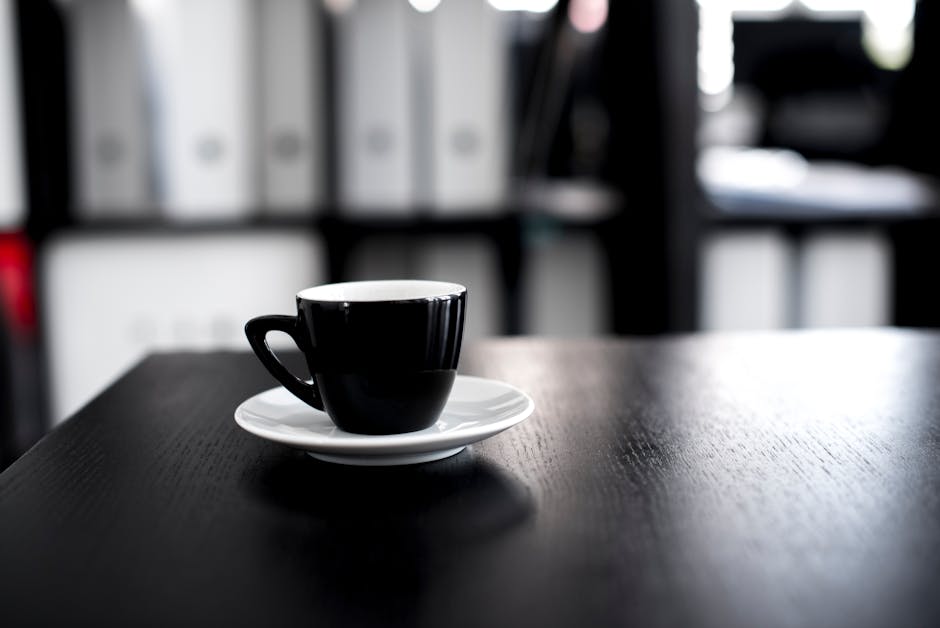
How to Make Perfect Decaf Cold Brew at Home
Read More →